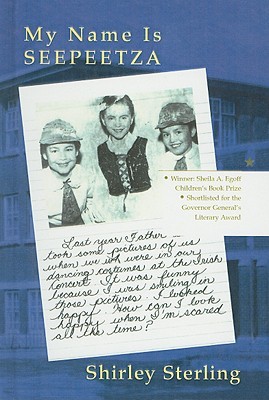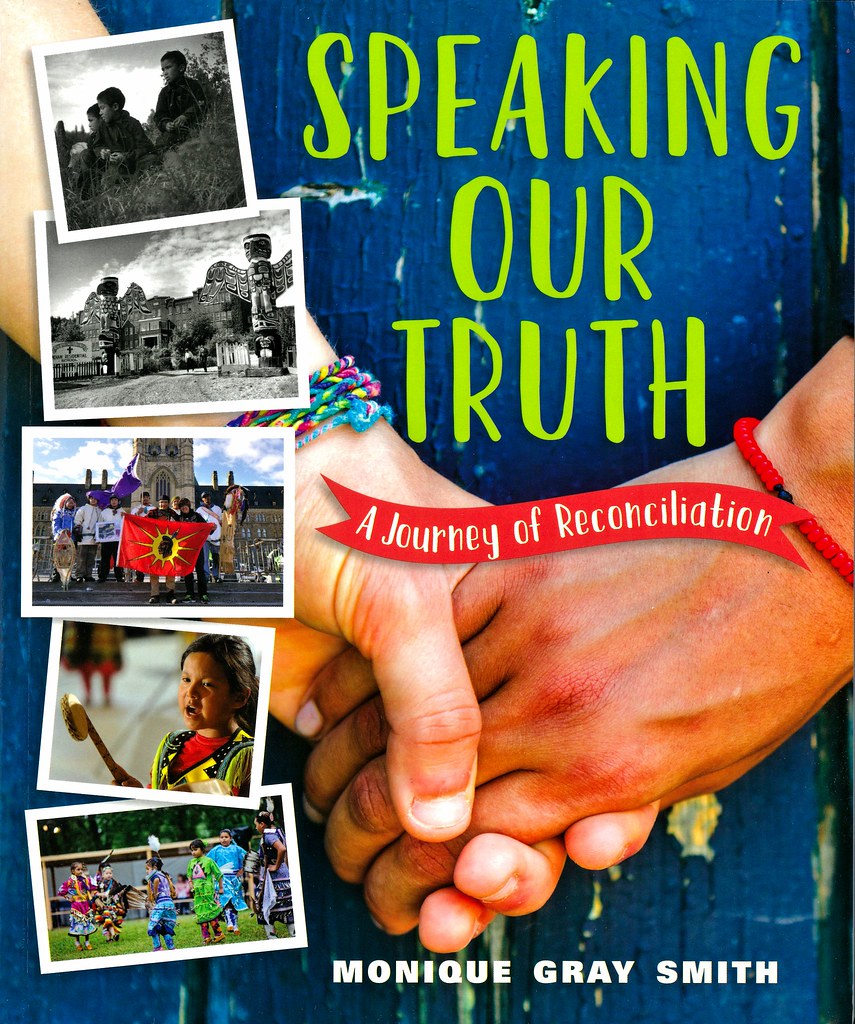Learning Commons Resources
HCOS Learning Commons Resources
How do I find resources on Indigenous Peoples on the Learning Commons website?
- On each
pagepage, you will find a breakdown of sub-topics including an Introduction, correlations, lesson plans and web links and thematic content related to the Indigenous calendar.
For more on how to discern conversations you may want to watch this video by Monique Gray Smith as she shares applicable resources for different grade levels.
Learning Commons | Selected Books
These books have been selected as a conversation starter on the topic of Residential SchoolsSchools.


Primary (K-Grade 5):
Shi-shi-
etcoetcoandand Shin-chi’s Canoeawardaward-winning picture books written by Nicola L. Campbell. They share the poignant journey of a young sister and brother as they prepare to leave their family and attend residential school.My Heart Fills with
HappinessHappiness by Monique Gray Smith. This beautiful board book is for our littles to serve as a reminder to reflect on and cherishthethe moments in life that bring us joy.- Amik Loves School: A Story of Wisdom by Katharena Vermette. Amik tells Moshoom about his wonderful school. Then his grandfather tells him about the residential school he went to, so different from Amik's school, so Amik has an idea...
- Amik Loves School is one book in The Seven Teachings Stories series. The Seven Teachings of the Anishinaabe—love, wisdom, humility, courage, respect, honesty, and truth—are revealed in these seven stories for children. Set in an urban landscape with Indigenous children as the central characters, these stories about home and family will look familiar to all young readers.
When We Were Alone
- White
Raven
by Teoni Spathelfer, Natassia Davies. All grown up with a family of her own, Little Wolf moves from the big city to the island of her ancestors. She wants to share the beauty and mysteries of nature with her children, and she wants them to learn as much about their culture as possible. One day, Little Wolf's mother, White Raven, visits and begins to tell her grandchildren stories from her own childhood. But the stories are not happy ones. As a child, White Raven left her family to attend St. Michael's Residential School in Alert Bay, BC. While there, she experienced hunger, loneliness, shame, and isolation from her language and her culture. Even years later, as a grown woman and Elder, she has nightmares about her time at the school. But by sharing her story with Little Wolf and her grandchildren, White Raven begins to heal and brings the family closer together. Through simple, heartfelt text and vivid illustrations that combine contemporary and traditional Indigenous motifs, White Raven is an engaging teaching tool as well as a relatable narrative about the impact of intergenerational trauma on families. Based on the author's own life and her mother's residential school experience, the central message of this book is one of healing and family unity. - Fatty
LegsLegs by Margaret-Olemaun Pokiak-Fenton. This powerful story is about aneight yeareight-year-old Inuvialuit girl standing up to the bullies while keeping her Inuit spirit intact. This takes place in aof aresidential school in the far North. Dear Canada: These are my Words: The Residential School Diary of Violet Pesheens Acclaimed author Ruby Slipperjack shares a haunting novel about a 12 - year old girl’s experience at a residential boarding school in 1966. In her
notebooknotebook, she records all of her worries, heartbreaks, and memories. But maybe there is hope at the end of the tunnel!My Name is Seepeetza
schoolSchool where she manages to find some bright spots to make her school life more bearable.High School (Grades 9-12):
Speaking Our
TruthTruth by Monique Gray Smith. Acclaimed Indigenous author Monique Gray Smith shares the stories of survivors and listens to allies who put the findings of the Truth and Reconciliation Commission into action.Truth and Reconciliation in Canadian Schools
Every Child MattersIs an online event, open to all Canadian schools.The Truth About Stories
- Indian Horse: An unforgettable work of art."—The National Post Saul Indian Horse is dying. Tucked away in a hospice high above the clash and clang of a big city, he embarks on a marvellous journey of imagination back through the life he led as a northern Ojibway, with all its sorrows and joys. With compassion and insight, author Richard Wagamese traces through his fictional characters the decline of a culture and a cultural way. For Saul, taken forcibly from the land and his family when he's sent to residential school, salvation comes for a while through his incredible gifts as a hockey player. But in the harsh realities of 1960s Canada, he battles obdurate racism and the spirit-destroying effects of cultural alienation and displacement. Indian Horse unfolds against the bleak loveliness of northern Ontario, all rock, marsh, bog and cedar. Wagamese writes with a spare beauty, penetrating the heart of a remarkable Ojibway man.
Middle School (Grade 6-9):



